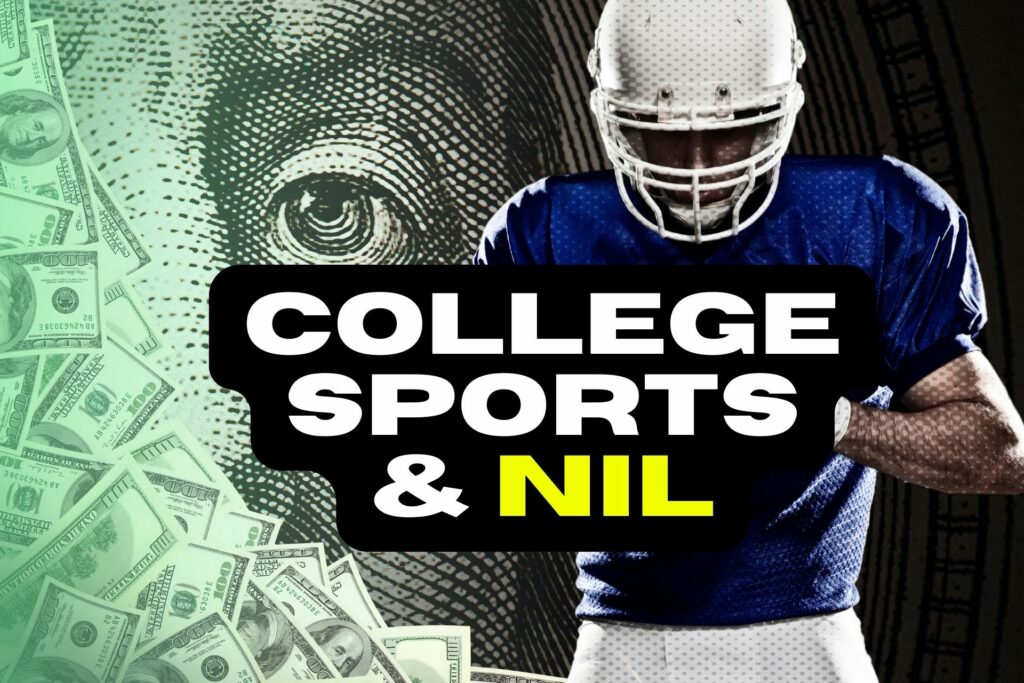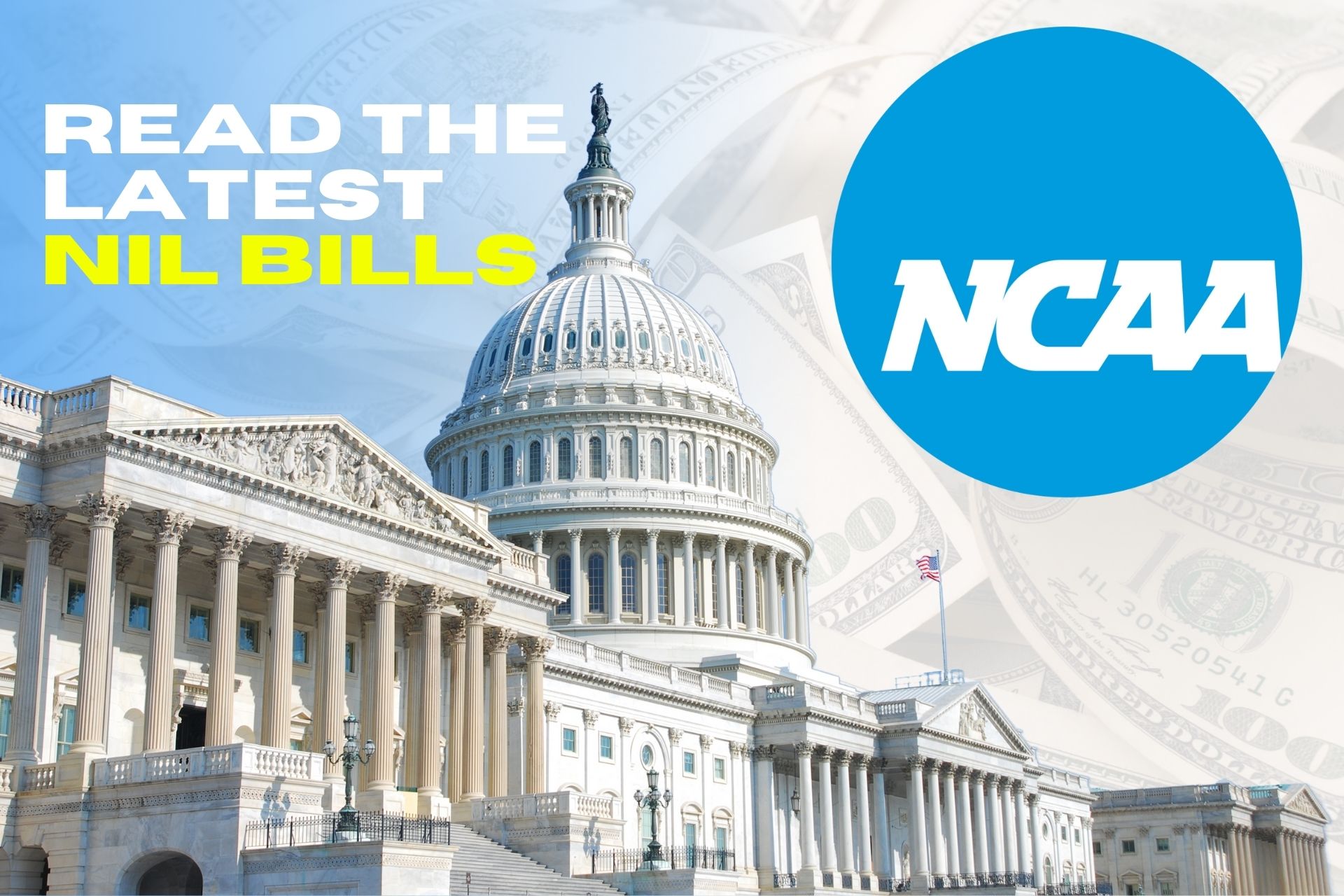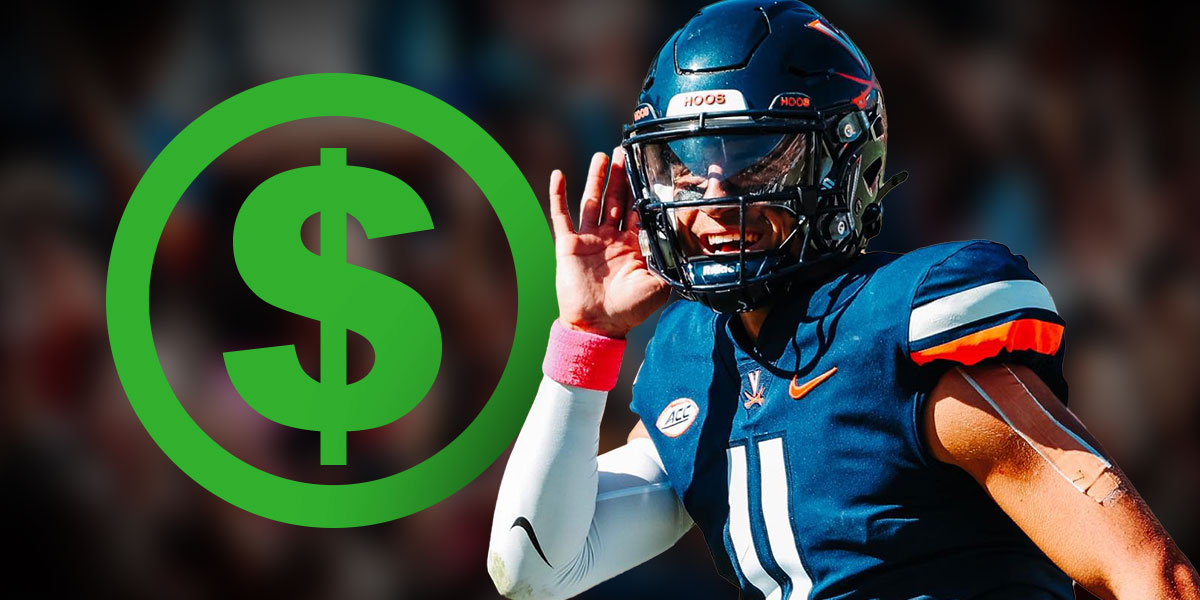NIL’s Future at the Federal Level

Name, image, and likeness (NIL) has long been a point of contention in collegiate athletics. When the NCAA made the decision to allow college athletes to profit from their NIL, they had hoped that the federal government would soon pass laws to govern this new reality in college athletics. However, over the last two years many states have now passed laws intended to provide the schools in their state with a competitive advantage in the recruiting process. In fact, some of these new state laws go as far as actually prohibiting the NCAA from enforcing its NIL bylaws in those states.
Everyone in college athletics laments the current state of NIL that has created chaos and an uneven playing field between universities. In the face of these challenges, we are witnessing the federal government has begun seriously trying to relieve the challenges as four new federal NIL bills have been proposed and/or reintroduced.
Below is a summary of these four bills and the key components of each. While they all differ in specifics, they do represent the first steps towards an NIL solution at a nationwide level, one that Eccker Sports believes will result in student-athletes participating in revenue sharing from media/tv rights deals, ticket sales and merchandise sales in exchange for an anti-trust exemption for the NCAA that will enable the NCAA to establish a common set of guidelines that they can enforce across all states. The current pending legislation only addresses the college market, however, there will inevitably be a trickle down effect when it comes to NIL at the high school level.

The first bill to look at is the College Athlete Economic Freedom Act;
Reintroduced in July of 2023 by Governor Chris Murphy, and US representative Lori Trahan, this bill is focused primarily on providing student-athletes with a wide range of freedoms when it comes to profiting from their NIL. It sets out to allow athletes to seek out and create collective representation, and prohibits both schools and intercollegiate athletic associations (such as the NCAA) from entering into any type of deal, including one involving media rights, without a group license from the athletes whose NIL will be profited from in the deal. This is a major step towards revenue sharing at the top level of college athletics, something that will put at least some portion of the money earned by schools and governing associations back into the pockets of the athletes.
Along with pushing for a seat at the table for athletes from a group licensing perspective, the bill aims to create a review process that enables the government to ensure maximum equality across all demographics in the NIL market of college sports. Not only does it require institutional support on the part of schools and the NCAA when it comes to athlete NIL, but it commissions a yearly analysis of NIL by an entity reviewed by the government, which will provide insight on NIL statistics sorted by relevant demographical information. This will allow regulators to better govern NIL in a way that will give every athlete from all backgrounds an equal opportunity to succeed.
Last but not least, one of the most important parts of this bill revolves around international student-athletes. Currently, international student-athletes cannot profit from NIL while away from their home country due to the way that the student visa process works in the United States. Should this bill pass, it would “allow for international student-athletes to engage in the same NIL activities as their peers without losing their F-1 student visa, including in the case that international athletes and their peers become employees of their schools and/or athletic associations”. The one pager associated with the bill, quoted above, not only provides international athletes with the same rights as their peers, but it also leaves room for the hotly debated potential for student-athletes to become employees of their universities.
The second bill to consider is the College Athletes Protection and Compensation Act of 2023;
Perhaps the most comprehensive of the four bills to be discussed, the College Athletes Protection and Compensation Act of 2023 has a number of unique and landscape shifting provisions that would greatly increase the rights of student-athletes. The proposed bipartisan legislation would create a committee to “set, administer, and enforce rules and standards to protect student athletes”. The committee would be a major step towards leveling the playing field and properly regulating the NIL industry. Also included in the bill is the creation of a medical trust, which would not only be used to offset medical costs while in college, but guarantees athletes long term medical coverage for any long term injury related to one’s participation in college athletics. One such condition that is covered is CTE, relevant to athletes in any sport which involves consistent hits to the head.
On top of guaranteeing assistance with medical costs, the bill requires universities to continue to provide scholarships to athletes who are forced to medically retire, or who are cut from the team. This is a great step to ensure that athletes who chose a university based on an athletics scholarship who may not have the opportunity to complete their athletic career can still graduate with the same financial support they expected upon their enrollment.
A unique and potentially game-changing aspect of the proposed legislation involves entrance to professional drafts. The bill states that if the college athlete does not receive any compensation related to a professional sports team or league, an agent, or an athlete representative and announces their intent to return to college athletics within 7 days of the draft’s completion, they will be allowed to resume participation without punishment. This would give athletes the freedom to fully participate in the draft process while returning to school without loss of eligibility. The draft process is incredibly beneficial for athletes, so this would be a major benefit to those unsure of their professional future. Additional provisions allow athletes to terminate a contract without punishment once they no longer participate in college athletics.
The third bill, also the shortest, is known as the Student-Athlete Level Playing Field Act.
The second bipartisan act of the four to be looked at differs greatly from the two discussed before. Concerned more with creating uniform guidelines for regulation of the industry as opposed to maximizing freedom for athletes, a few things stand out about the bill. The first is the creation of a 13 member commission, which will assist in the creation of rules and regulations in the NIL industry. The members will be chosen from the following groups:
– “Representatives of institutions of higher education, including athletic directors and coaches.
– Individuals who are current or former student-athletes and who advocate for the interests of student-athletes.
– Administrators of covered athletic organizations.
– Professionals with expertise in sports marketing, contracting, and public relations.
– Individuals with expertise in corporate governance; and who are not associated with a covered athletic organization or institution of higher education.”
It also requires at least two people on the commission to be advocates for athletes. Additionally, the bill greatly limits the ability of universities to be involved in NIL activities, and specifically denotes that the proposed legislation in no way is intended to make athletes employees of their institutions.
The fourth bill reintroduced/proposed this summer is The Protecting Athletes, Schools, and Sports Act of 2023 (PASS act)
Another bipartisan bill, this one is unique because it has been brought to the table by former national championship winning college football coach Tommy Tuberville, and former college athlete Joe Manchin. As expected in the name, the bill intends to protect both athletes and schools by establishing guidelines which will improve the process by which NIL is regulated. The act would protect universities from liability in their efforts to comply with the PASS act, require collectives to register officially with the university, and prohibit any form of inducements.
Additionally, the bill includes provisions relating to the medical expenses of athletes as well as their scholarships in the event that they do not finish their career as an athlete, and more:
– Guaranteeing health insurance for sports-related injuries for uninsured student-athletes for 8 years following graduation from a 4-year institution.
– Requiring institutions generating more than $20 million and $50 million in athletics revenue to pay out-of-pocket expenses for two and four years, respectively.
– Requiring institutions to honor the original scholarship commitment made to a student-athlete.
– Implementing a Uniform Standard Contract for student-athlete use for NIL deals.
– Enhancing curriculum on financial literacy, NIL rights, and related legal and regulatory issues.
One unique aspect of the bill includes a provision that prohibits athletes from gaining immediate eligibility if they transfer before they’ve completed three years of their career at a school, with exceptions for “a death in the family, a coach that is fired or leaves, and other criteria”. Finally, the act would establish an anonymous public facing website with statistics on NIL to help understand how to better regulate it in a fair manner.
All four of these bills have legitimate relevance and the potential to impact the industry in a positive manner. There are unique provisions in each, and while all could feasibly benefit athletes and schools by creating uniform laws, they differ greatly in how they set out to accomplish those goals. All things considered, Eccker Sports believes that the most likely result of the efforts to pass federal legislation involve some sort of exchange in which the NCAA receives an anti-trust exemption, and student-athletes receive revenue sharing capabilities, such as those outlined in the College Athlete Economic Freedom Act. This allows for athletes to profit from their NIL in all facets, including in media deals and other potential group licensing deals, and it allows the NCAA to maintain their seat at the table as the governing body of collegiate athletics.
While these proposed bills are great first steps when it comes to NIL and federal legislation, it will still take time before the solution is finalized. The massive media deals being struck and the pace at which conference realignment has been happening have sped the process up, but until these bills start making their way through congress, the NCAA is in a difficult position. Additionally, while these bills do not address high school NIL, the college level tends to lead the way for NIL at the high school level, so Eccker Sports expects some sort of trickle down effect when the federal government inevitably passes legislation on the topic. For the most up to date information on NIL, visit ecckersports.com.


